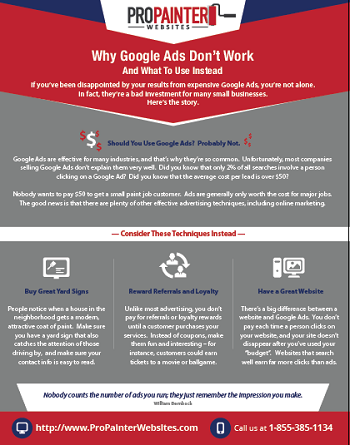Understand How Seasonal Conditions Impact The Success Of Commercial External Paint And Find Out The Perfect Periods To Ensure Durable Results For Your Task
Understand How Seasonal Conditions Impact The Success Of Commercial External Paint And Find Out The Perfect Periods To Ensure Durable Results For Your Task
Blog Article
Article Produced By-Doherty Bagger
When you're preparing an industrial external paint job, seasonal aspects can make or damage your results. You'll want to take into consideration just how temperature level and moisture influence paint application and drying times. Picking the appropriate period can ensure your paint adheres properly and lasts much longer. However which periods are genuinely the most effective for this type of job? Allow's discover the key elements that can influence your task's success.
The Effect of Temperature on Paint Application
When you're planning an industrial exterior painting project, the temperature can dramatically impact just how well the paint sticks and dries.
Preferably, you wish to repaint when temperatures vary in between 50 ° F and 85 ° F. If it's too cool, the paint may not heal appropriately, leading to issues like peeling off or fracturing.
On the other side, if it's too hot, the paint can dry too swiftly, stopping proper attachment and resulting in an uneven finish.
You should likewise think about the moment of day; early morning or late afternoon supplies cooler temperatures, which can be more positive.
Always inspect the supplier's referrals for the specific paint you're utilizing, as they usually supply support on the suitable temperature level variety for ideal results.
Humidity and Its Effect on Drying Times
Temperature level isn't the only ecological aspect that affects your industrial exterior paint project; moisture plays a significant duty too. High humidity levels can slow down drying out times substantially, influencing the overall top quality of your paint task.
When the air is saturated with moisture, the paint takes longer to treat, which can bring about problems like inadequate attachment and a higher danger of mold growth. If you're repainting on a particularly damp day, be planned for prolonged delay times in between coats.
It's vital to monitor neighborhood weather and strategy accordingly. Ideally, aim for humidity levels in between 40% and 70% for optimal drying.
Maintaining these factors in mind guarantees your task remains on track and supplies an enduring coating.
Best Seasons for Commercial Outside Painting Projects
What's the very best season for your business exterior paint tasks?
Springtime and early loss are generally your best options. During these periods, temperature levels are mild, and humidity degrees are typically reduced, creating suitable conditions for paint application and drying out.
Prevent summer's intense heat, which can create paint to dry also quickly, causing poor adhesion and finish. Similarly, winter's chilly temperature levels can impede proper drying and curing, risking the longevity of your paint work.
Go for click here to find out more with temperature levels between 50 ° F and 85 ° F for ideal outcomes. https://www.today.com/home/how-clean-painted-walls-t44646 in mind to examine the local weather report for rain, as damp problems can wreck your job.
Planning around does latex paint expire guarantees your painting project runs efficiently and lasts longer.
Verdict
Finally, planning your industrial external paint projects around seasonal factors to consider can make a considerable distinction in the result. By scheduling work throughout the suitable temperatures and moisture degrees, you'll guarantee better bond and drying out times. Bear in mind to keep an eye on local weather prediction and select the correct time of year-- spring and early fall are your best options. Taking these steps will certainly help you accomplish a long lasting and specialist surface that lasts.
